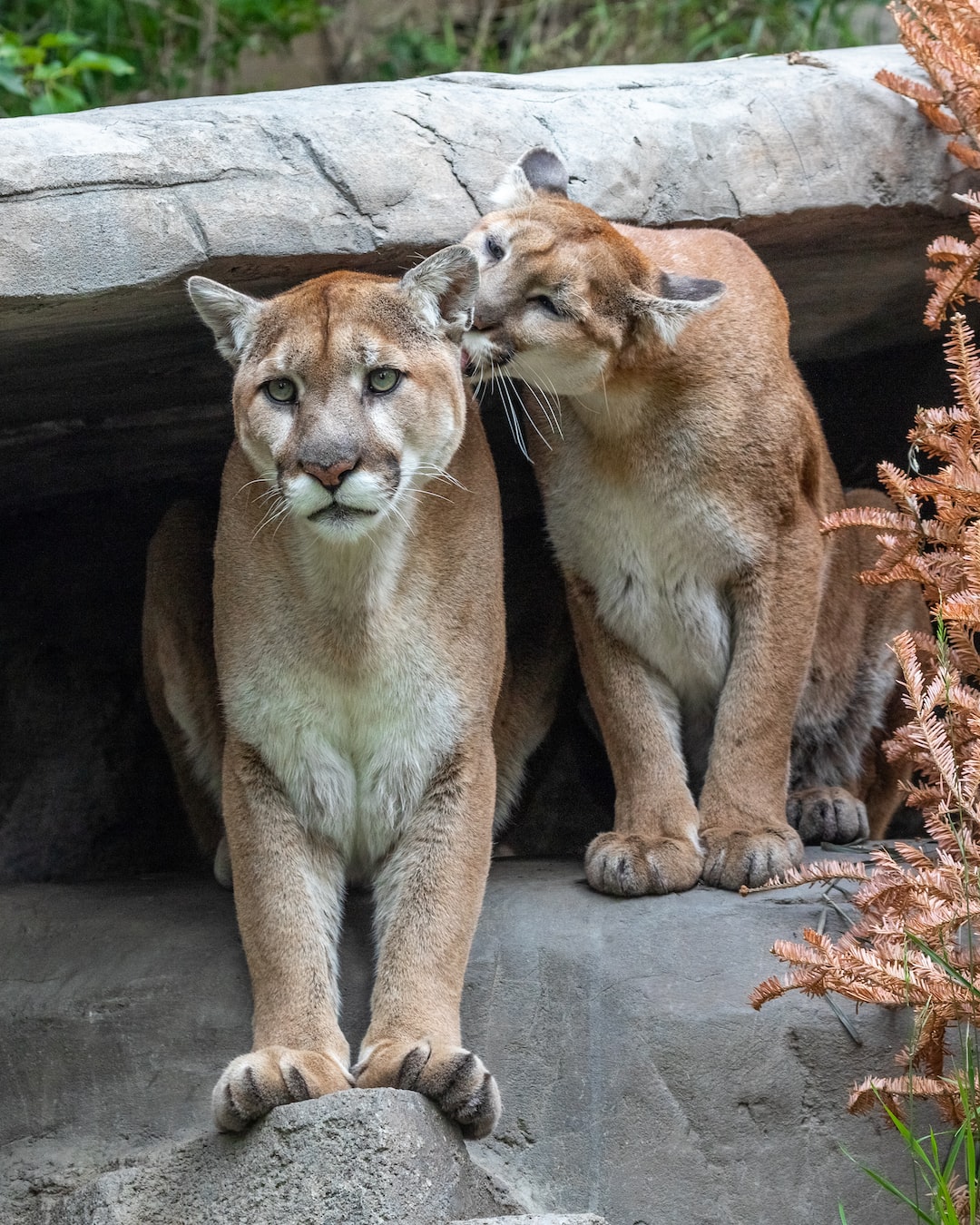Unraveling the Myth of the Black Widow: Understanding Spider Behavior
Spiders have long been vilified for their creepy appearance and menacing behavior. Among these notorious arachnids, the black widow spider perhaps takes the crown for its fearsome reputation. Known for the red hourglass shape on its abdomen, the black widow has been the subject of countless myths and legends. However, it’s time to unravel these misconceptions and gain a deeper understanding of spider behavior.
Firstly, it’s important to note that black widow spiders are not as aggressive as popular culture may suggest. In fact, they generally prefer to avoid human interaction unless provoked or threatened. Their venomous bite, while potentially dangerous, is often a last resort when they perceive themselves to be in danger. As with any wild animal, it is always wise to exercise caution and avoid handling black widow spiders, but there is no need for excessive fear.
The reproductive habits of black widows have also contributed to their negative image. The idea that the female black widow devours her mate after copulation has captivated many imaginations. However, this behavior is rather rare and has been observed only in specific circumstances. Male black widow spiders have evolved various strategies to prevent being cannibalized, such as depositing a mating plug in the female’s reproductive tract. Mating itself is an intricate process involving a courtship dance that ensures the female’s consent. This aspect of spider behavior highlights the complexity and diversity found in the animal kingdom.
Furthermore, the spider world is incredibly diverse, with over 48,000 known species. Each species has its unique behaviors and adaptations, making them fascinating subjects of study. Contrary to the conventional notion, not all spiders weave intricate webs. Some, like the black widow and wolf spiders, are web-building experts, while others, such as jumping spiders, rely on their incredible agility and vision to hunt. Understanding this breadth of diversity helps us appreciate the sheer complexity and beauty of nature.
The ecological role of spiders is another vital aspect to consider. These arthropods are voracious devourers of insects and other small creatures, making them crucial in maintaining the balance of ecosystems. Their predatory behavior helps control populations of pests, contributing to agricultural and environmental sustainability. As natural pest controllers, spiders play a significant role in our lives, even if we are not always aware of it.
It’s also worth noting that spiders are not just found in dark corners and basements. They exist in a wide range of environments, including forests, deserts, and even underwater. Some spiders have adapted to live in caves, while others construct intricate burrows. This adaptability and resilience characterize spiders as a successful and important group of organisms.
In conclusion, it is evident that understanding spider behavior is vital in dispelling misconceptions and overcoming irrational fears. Black widow spiders, in particular, have often been misrepresented as aggressive and deadly predators. By exploring the intricacies of spider behavior, we can appreciate their role in ecosystems as beneficial organisms and realize that they are more than just creatures of fear. Let us embrace the beauty and diversity that spiders bring to our world, and remember that knowledge is the key to unraveling myths and fostering a deeper understanding of these fascinating creatures.

